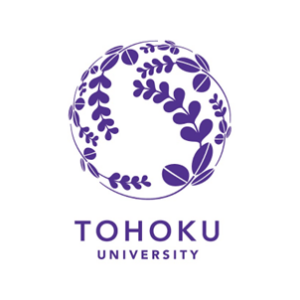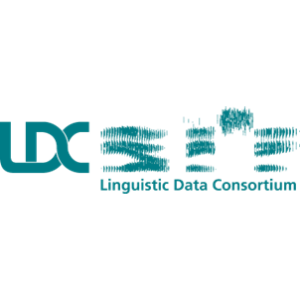Rationale
The digit span task has been developed for more than a century and commonly implemented in clinical setting worldwide to reflect auditory verbal short term memory and verbal working memory functions. Previous literature has indicated the inter-linguistic variation of digit span performance across speakers of different languages in the younger population. Such differences are speculated to be related to the two-second rule of articulatory rehearsal loop or the word length effect in auditory verbal short term memory. To date, there are limited cross-linguistic digit span studies focusing on the older population and most of the existing studies of younger population involved only two or three languages.
Illustration of the approach
In this study, we intend to first examine the digit span performance of older cognitively normal participants across ten languages with contrasting lexical and numerical properties in their numerical digits (i.e., English, Mandarin, Cantonese, Spanish, Turkish, Kannada, Hindi, Bengali, Malayalam, Telugu). We intend to study the lexical and numerical properties of numerical digits (specifically syllabic length, syllabic structure, stress, tone, and numerical magnitude) that mediates the relationship of testing language and digit span length. Furthermore, we plan to perform ROC and VBM analyses across speakers of different languages with MCI and AD to better understand the clinical and anatomical interpretations of forward and backward digit span tests. Results from this study will better inform us on the essential linguistic adaptations for digit span tests across different populations and highlight the importance of lexical properties in cognitive tasks heavily dependent on auditory verbal short term memory.
Eligible participants
- Cognitively normal participants: Cognitively normal participants age between 40 and 90 years.
- MCI and AD participants: MCI and AD participants fulfilling the NIA-AA 2011 criteria age between 40 and 90 years.
Exclusion criteria
(1) Suspected cognitive impairment or dementia with a Mini Mental State Examination < 24
(2) Subjective complaint of cognitive deficits interfering or not with daily living activities
(3) Established diagnosis of other psychiatric or neurological disorders
(4) Severe hearing impairment that affects the ability to auditorily perceive digit span stimuli
Study variables
• Age of exam
• Education years
• Sex
• Diagnosis
• Testing language
• Is participant tested in native language? (optional)
• Forward digit span length and number of correct trials
• Backward digit span length and number of correct trials
• The version of forward and backward digit span used
• Testing site
• T1 MRI image (optional)
Methods
Aim 1. To examine the mediating effect of lexical and numerical properties of numerical digits (specifically syllabic length, syllabic structure, stress, tone, and numerical magnitude) on the relationship of testing language with forward/backward digit span length using hierarchical regression model
Aim 2. To study the neural correlates of forward/backward digit span tests across populations that speak different languages using voxel-based morphometry analysis.
Aim 3. For cohorts with cognitively normal, MCI and AD participants, we will perform ROC analysis to identify the ideal cut-off points for populations with different testing languages.
Invitation to join our ongoing cross-linguistic study
We invite anyone who is interested to collaborate and have the de-identified data above to join us in this cross-linguistic study. We will first arrange a zoom call to discuss the process. If we agree to move forward, we will send you an excel template that detailed the variables needed, and we would request that you/ your team fill in the de-identified data accordingly. If imaging data is available, we will send you a secure link to upload the T1 images. All data provided for this project will be used solely for the investigation as outlined in this document. Personal information will not be disclosed during the course of this study. If needed, data sharing agreement will be drafted and signed by both parties.
What do we offer?
In addition to advancing science together, we are offering co-authorship to collaborators that provide data and the co-authorship arrangement will be aligned with the Include publication guidelines.
What do you need to participate?
Anyone that has cohorts that fulfill the inclusion and exclusion criteria listed above with the study variables listed above. We currently have digit span data from English, Mandarin, Cantonese, Spanish, Turkish, Kannada, Hindi, Bengali, Malayalam, and Telugu languages, and we particularly welcome data from other languages.
How do I proceed if I am interested?
Please email Boon Lead Tee (boonlead.tee@ucsf.edu) and Kammy Chan Hiu Fung (kammy.chan@ucsf.edu) for further discussion.
Thanks!




